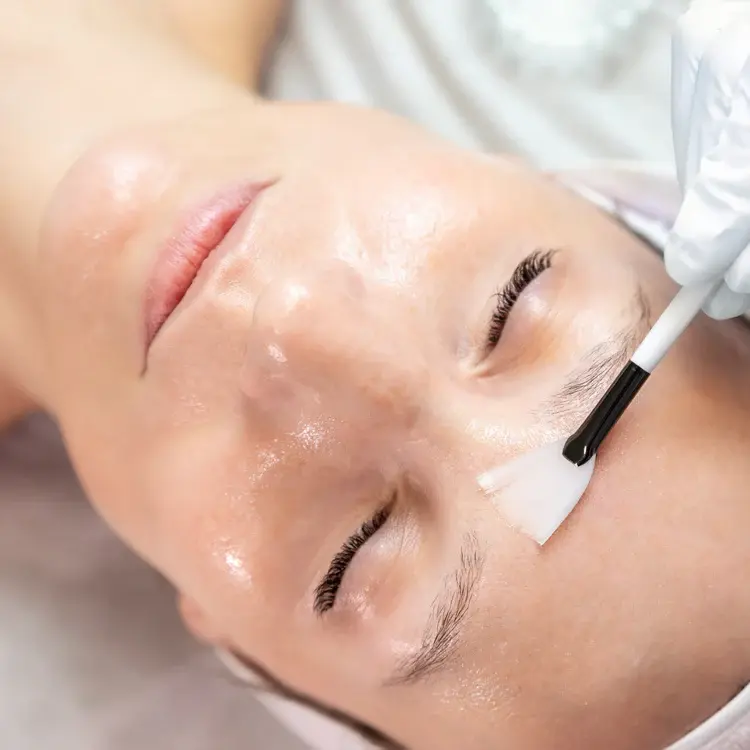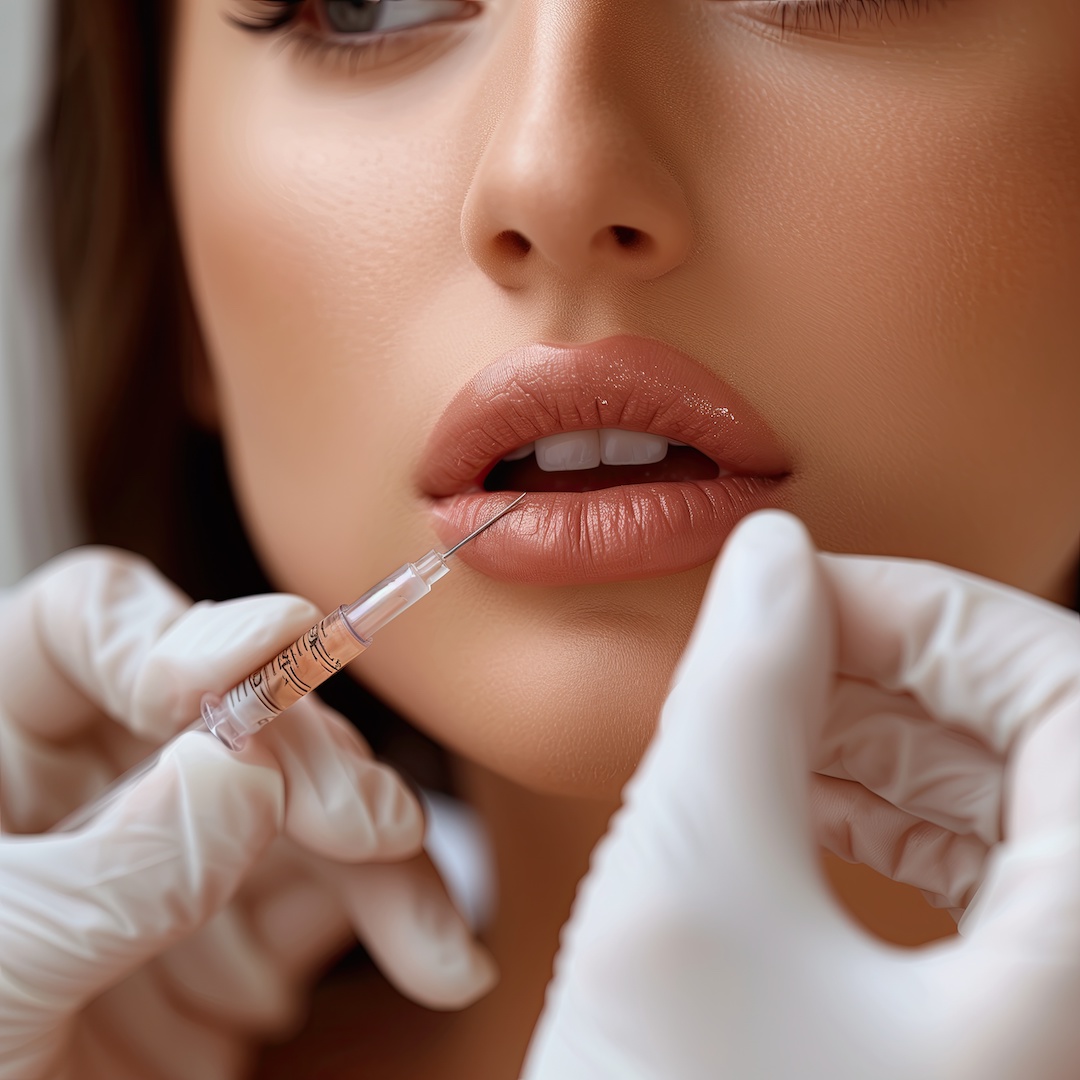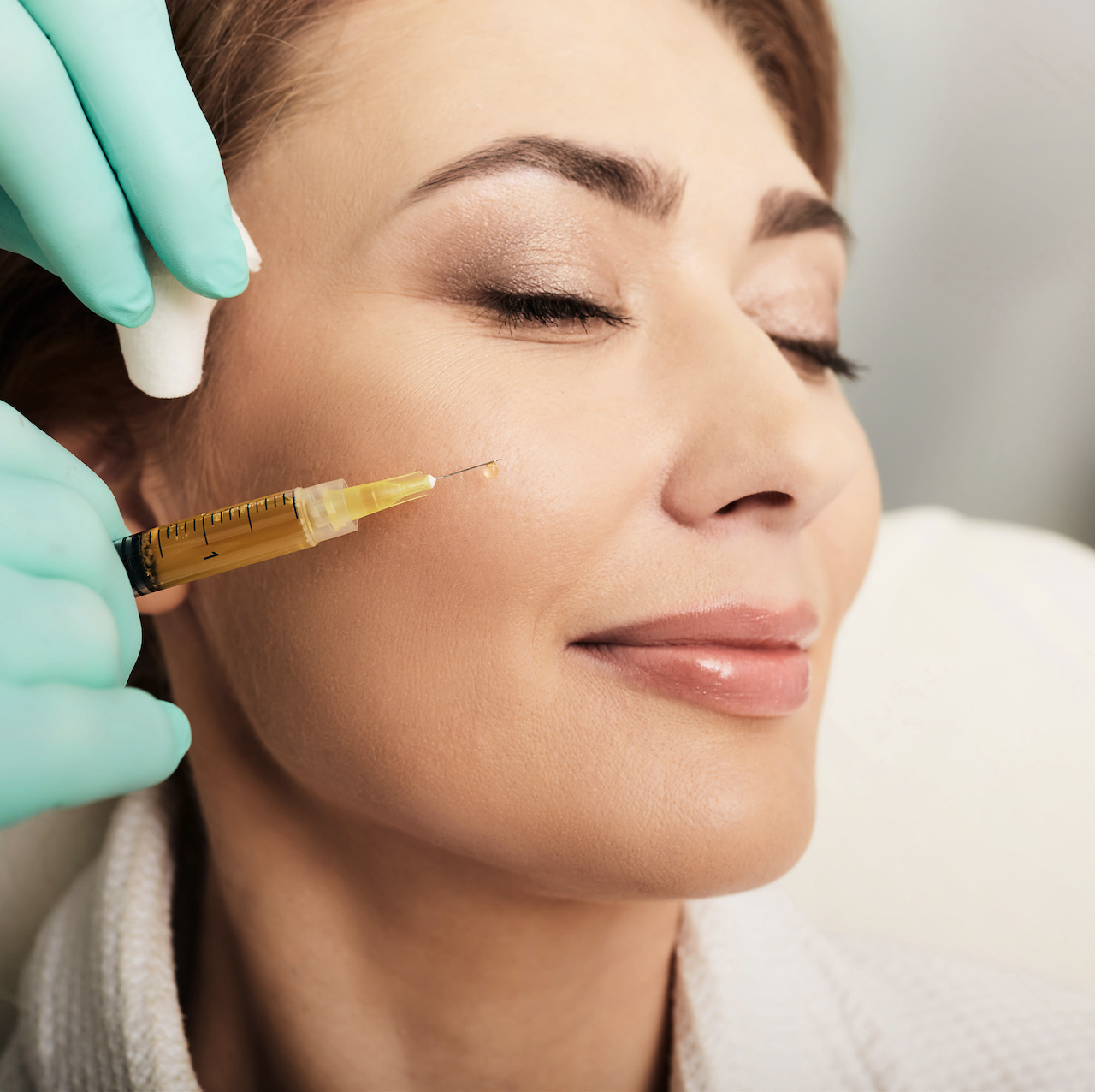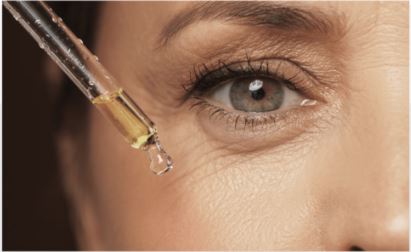Botox has become a household name in the realm of cosmetic treatments, celebrated for its ability to smooth wrinkles and rejuvenate the skin. But what exactly is Botox and how does it work? Botox is a brand name for a toxin produced by the bacterium Clostridium botulinum. In controlled doses, it has been harnessed for cosmetic and medical purposes. By temporarily paralyzing muscles, Botox can reduce the appearance of fine lines and wrinkles, particularly around the eyes and on the forehead.
The effects of Botox are not immediate, which often leads to the question: "how long will Botox take effect?" Typically, users can expect to see noticeable changes within three to five days post-injection, with full results appearing around the two-week mark. This timeline can vary based on factors such as the treatment area, the individual's metabolic rate, and the precise dosage administered.
It's important to note that while Botox is primarily known for its cosmetic applications, it also offers therapeutic benefits. Conditions such as chronic migraines, excessive sweating, and certain muscular disorders can be effectively managed with Botox treatments. Thus, its versatility extends beyond the realm of beauty.
For those eager to explore the benefits of Botox and understand how it can fit into their beauty or wellness routine, we invite you to book an appointment or free consultation or call 647-812-8752 for more info. Our expert team is ready to guide you through the process and answer any questions you might have about Botox and its effects.
Factors Influencing Botox Onset Time

Understanding the factors that influence Botox onset time is crucial for setting realistic expectations. While most individuals begin to see effects within three to five days, several elements can affect this timeline. One of the primary factors is the individual's metabolic rate. Those with faster metabolisms may notice quicker results, as their bodies process the Botox more rapidly.
Another significant factor is the area of injection. Botox works by temporarily paralyzing specific muscles, and the location of these muscles can influence how quickly the effects become apparent. For instance, areas with thinner skin, such as around the eyes, might show results sooner compared to areas with thicker muscle tissue.
The dosage and frequency of previous Botox treatments can also play a role. Individuals who have had multiple treatments might experience a faster onset due to muscle memory and reduced muscular activity over time. Conversely, first-time users might find that the effects take slightly longer to manifest.
Lastly, individual lifestyle choices such as diet, exercise, and stress levels can impact Botox onset time. A healthy lifestyle that includes a balanced diet and regular exercise can enhance the results and longevity of Botox treatments, while high stress levels may delay the onset of visible effects.
By understanding these factors, patients can better anticipate their unique Botox experience, allowing for a smoother journey towards achieving their aesthetic goals.
Typical Timeline for Botox Results

The typical timeline for Botox results can vary slightly from person to person, but generally follows a predictable pattern. After the initial injection, most patients begin to notice subtle changes within the first three to five days. During this period, the Botox starts to interact with the nerve endings in the treated area, gradually reducing muscle activity.
By the end of the first week, the effects become more pronounced. Patients often observe a noticeable reduction in the appearance of fine lines and wrinkles, particularly in dynamic areas such as the forehead and around the eyes. The full results of Botox are typically visible by the second week post-treatment, when the maximum muscle relaxation is achieved. At this point, the skin appears smoother and more youthful.
These effects generally last between three to six months, depending on various factors such as the individual's muscle mass, lifestyle, and frequency of treatment. Over time, the treated muscles gradually regain activity as the Botox is metabolized by the body. Patients are encouraged to schedule follow-up appointments every few months to maintain their desired look.
It is important to remember that while Botox offers significant aesthetic improvements, it does not provide permanent results. Regular treatments are necessary to maintain the effects and to continue enjoying a rejuvenated appearance. Understanding this typical timeline can help individuals plan their treatments effectively, ensuring seamless integration into their beauty routine.
What to Expect After Botox Treatment

After receiving a Botox treatment, it's essential to know what to expect to ensure optimal results and a smooth recovery. Immediately following the procedure, some patients may experience mild side effects such as redness, swelling, or bruising at the injection sites. These effects are generally minimal and should subside within a few days.
During the first 24 hours, it's advisable to avoid strenuous exercise and to keep your head elevated as much as possible. This precaution helps prevent the Botox from migrating to unintended areas, which could potentially lead to unwanted effects. Additionally, patients should refrain from rubbing or massaging the treated areas, as this can also affect the distribution of the Botox.
In the days following the treatment, it's normal to notice the gradual onset of results. As the Botox begins to take effect, the targeted muscles will relax, leading to smoother skin and a reduction in wrinkles. Patience is key, as it may take up to two weeks to see the full benefits of the treatment.
For the best outcome, adhere to any specific aftercare instructions provided by your practitioner, and attend any recommended follow-up appointments to monitor progress. If any unusual symptoms or concerns arise, contact your medical spa promptly for guidance.
By understanding what to expect after Botox treatment, patients can confidently navigate the post-procedure phase, optimizing their results and enjoying the rejuvenating effects that Botox offers.
Tips for Maximizing Botox Benefits
To ensure you get the most out of your Botox treatment, it's important to follow some key tips that can help prolong and enhance the effects. Firstly, **selecting a skilled practitioner** is crucial; their expertise will ensure accurate application, promoting the best possible outcomes.
After your treatment, **maintain a healthy skincare routine**. This includes regular cleansing, moisturizing, and using sunscreen to protect your skin from UV damage, which can exacerbate signs of aging. Incorporating antioxidants into your skincare regimen can also be beneficial in maintaining skin health and vitality.
Avoiding habits such as smoking and excessive alcohol consumption can significantly impact the longevity of your Botox results. These can accelerate the aging process and reduce the effectiveness of the treatment. Staying well-hydrated and consuming a balanced diet rich in vitamins and minerals supports overall skin health, contributing to the prolonged benefits of Botox.
**Regular follow-up treatments** are essential. Scheduling maintenance sessions every three to six months can help sustain your results and prevent the reemergence of fine lines and wrinkles. Your practitioner can provide personalized recommendations based on your specific needs and goals.
Lastly, consider complementary treatments offered by medical spas, such as dermal fillers or microneedling, which can work in synergy with Botox to further enhance your appearance. By adopting these strategies, you can maximize the benefits of your Botox treatment, ensuring a more youthful and refreshed look.
Common Questions About Botox Duration

It's natural to have questions about how long Botox effects last, and we're here to clarify some of the most common inquiries. Generally, Botox effects can last between **three to six months**, but this can vary depending on individual factors such as age, skin condition, and lifestyle.
Many ask whether repeated treatments will affect duration. The answer is yes, in a positive way. With regular sessions, you may notice that results last longer as the muscles become more relaxed over time. However, it's crucial to follow your practitioner's guidance on the timing of treatments to avoid any potential side effects.
Another common question revolves around post-treatment activities. Patients often wonder if certain activities can shorten the effects of Botox. While Botox is a minimally invasive procedure with little downtime, it's recommended to avoid intense physical activity, alcohol, and exposure to heat (like saunas) for at least 24 hours after treatment to ensure optimal results.
People also inquire if Botox affects facial expressions. When administered correctly by a qualified professional, Botox should not drastically alter your natural expressions. It is designed to soften lines and prevent new ones from forming, providing a refreshed appearance.
If you have more questions or are considering Botox, we invite you to book an appointment / free consultation or call 647-812-8752 for more info. Our experienced team at Beauty O’Clock Medical Spa is here to guide you through every step of your beauty journey.
